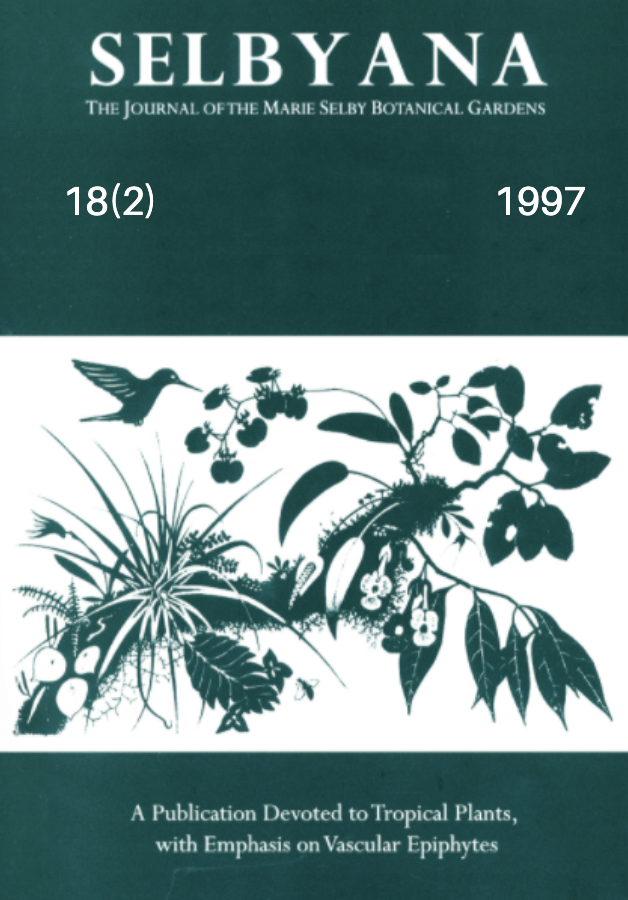Abstract
Activities are explored for the lay individual to impact positively on conservation of plant species. The following nine recommendations are made: 1. Under some conditions, increase of genetic diversity through introduction of foreign clones is appropriate. 2. Introduction into the wild can be useful to conservation, even if survivorship of the introductions is low. 3. Communication between government officials with information on areas slated for development and conservationists willing to salvage plants should be improved. 4. Collection of superior clones for development of 'improved' line-bred species can reduce incentive for collection in the wild by flooding market demands with more attractive material. 5. CITES should encourage salvage efforts and promote flow of rescued material. 6. Conservation requires a multilateral approach and should include individuals and commercial growers as well as botanical institutions. The conventional wisdom that arboreta and botanical gardens have much more commitment to conserving species than individuals is too often shattered by personnel changes and budgetary constraints. 7. Individuals can better work to help preserve orchid populations on a local level, an activity not possible through membership in most conservation organizations. 8. Rare and desirable plants should be rescued from habitat destruction even if they enter commercial markets. 9. Commercial growers can aid conservation efforts by filling market demands and by serving as information sources for possible illegal activity.
Open Access and Copyright Notice
Selbyana is committed to real and immediate open access for academic work. All of Selbyana's articles and reviews are free to access immediately upon publication. There are no author charges (APCs) prior to publication, and no charges for readers to download articles and reviews for their own scholarly use. To facilitate this, Selbyana depends on the financial backing of the Marie Selby Botanical Gardens, the hard work and dedication of its editorial team and advisory board, and the continuing support of its network of peer reviewers and partner institutions.
Authors are free to choose which open license they would like to use for their work. Our default license is the Creative Commons Attribution-NonCommercial 4.0 (CC BY-NC 4.0). While Selbyana’s articles can be copied by anyone for noncommercial purposes if proper credit is given, all materials are published under an open-access license with authors retaining full and permanent ownership of their work. The author grants Selbyana a perpetual, non-exclusive right to publish the work and to include it in other aggregations and indexes to achieve broader impact and visibility.
Authors are responsible for and required to ascertain that they are in possession of image rights for any and all photographs, illustrations, and figures included in their work or to obtain publication or reproduction rights from the rights holders. Contents of the journal will be registered with the Directory of Open Access Journals and similar repositories. Authors are encouraged to store their work elsewhere, for instance in institutional repositories or personal websites, including commercial sites such as academia.edu, to increase circulation (see The Effects of Open Access).
